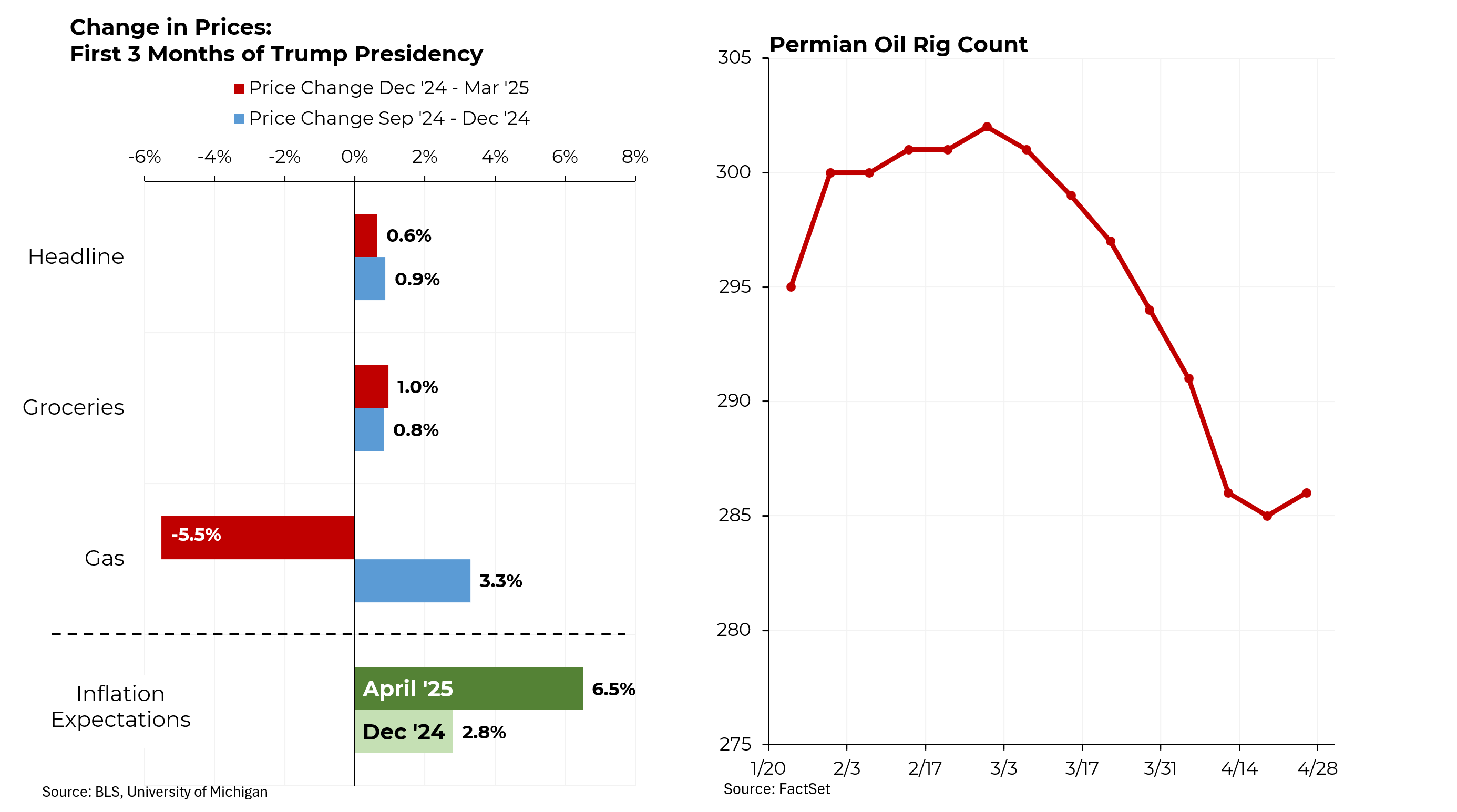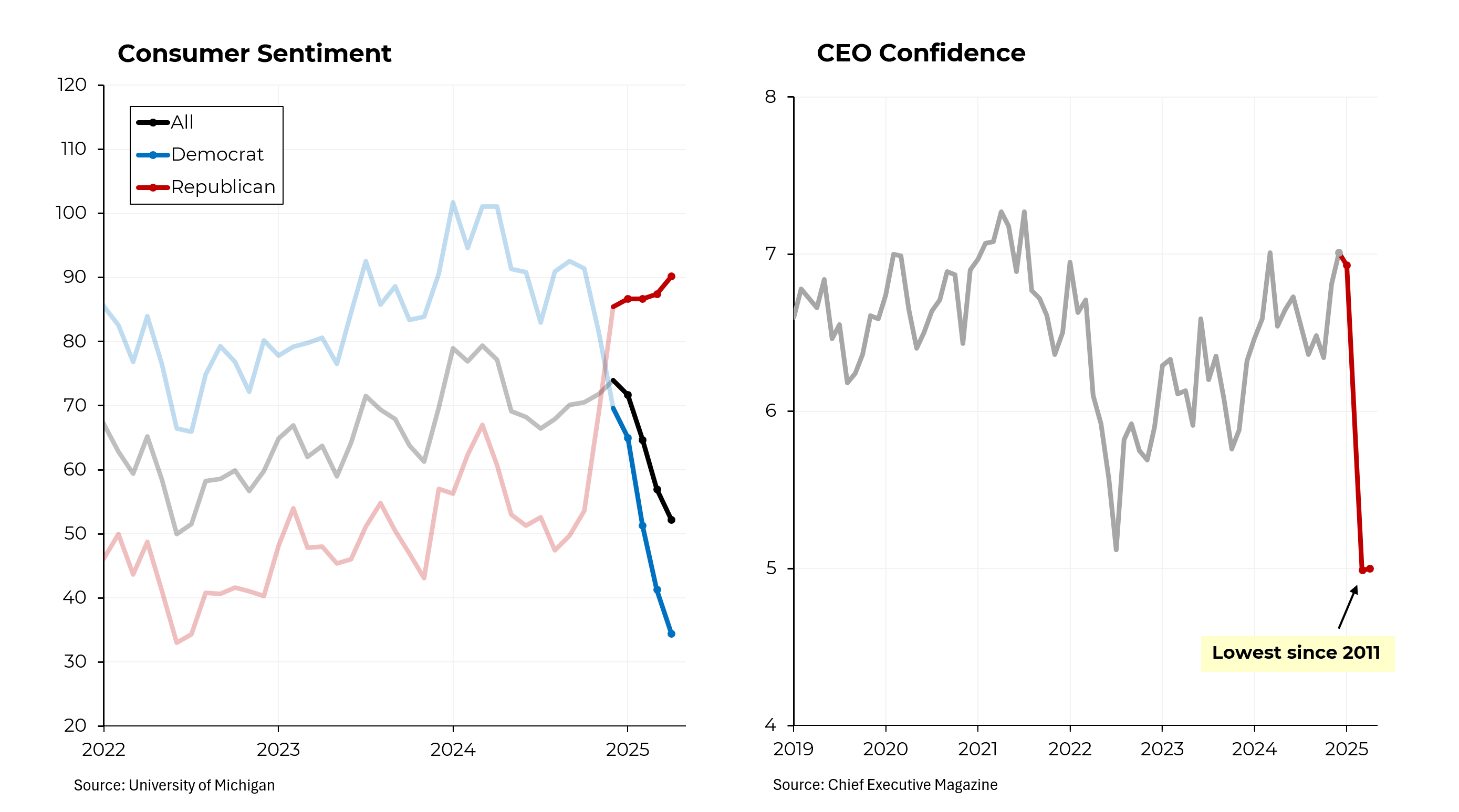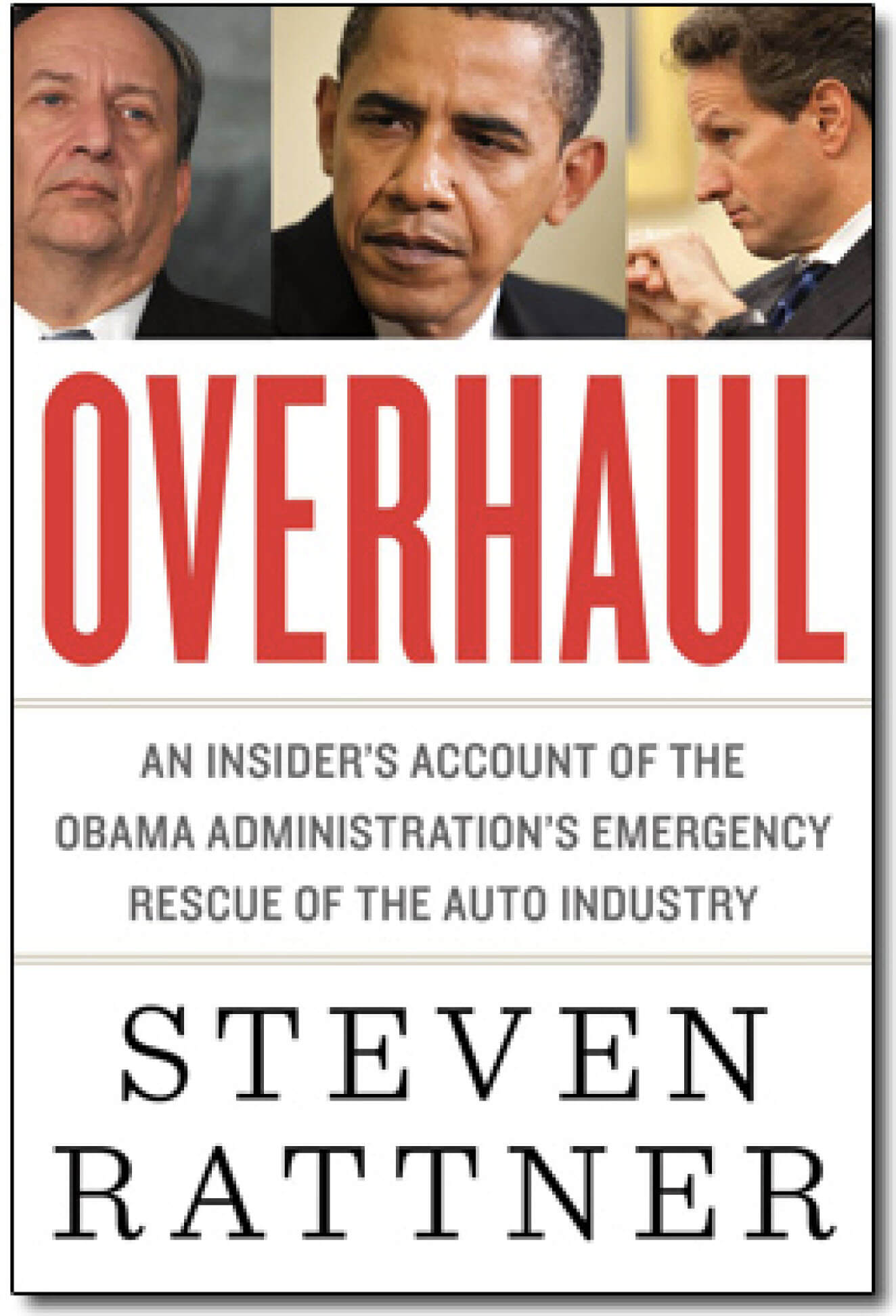Originally published in the Wall Street Journal
A strong board means the company can make a comeback—and repay taxpayers.
By Steven Rattner and Harry J. Wilson
Tuesday’s announcement that Fritz Henderson is stepping down as chief executive of General Motors vividly demonstrates the central role that the company’s board of directors is playing as the nation’s largest auto maker continues its progress toward full private control.
A key part of President Obama’s actions to remake this iconic company was the decision that after GM’s restructuring, oversight of the company should shift from his administration into the hands of a world-class, highly engaged board of directors, chosen purely on the basis of their qualifications.
Recruiting a chairman was the Obama administration’s first step in assembling the board. Fortunately, Ed Whitacre, who had delivered superior results for 18 years as a no-nonsense, demanding but fair chairman and CEO at AT&T, was willing to serve. In concert with Mr. Whitacre, the administration selected directors who complemented him with turnaround and private-equity expertise. For Mr. Whitacre and the other nominees—many of whom routinely turn down board requests—joining GM’s board was a form of public service.
Serve the public they have— questioning, probing, pushing and deciding, all with the goal of making GM into a world-class performer. To be clear, the departure of Mr. Henderson does not suggest that GM’s performance has fallen short of its short-term goals. While it is still early, GM’s mid-November presentation to lenders showed that the auto maker is exceeding both its own projections and its performance before the onset of financial distress. Market share for the “core brands” GM is keeping—Chevrolet, Buick, GMC and Cadillac—was higher in each of the last three months than at any time in 2009 and even higher than the average for 2008.
The road ahead is long, but the company is on track in reducing dealers, nameplates and factories. Importantly, average retail incentives—the sales-boosting “crack cocaine” to which GM had become addicted in recent years—were down over 25% from the second half of 2008. The company also has made commercial and critical successes of each of its recent product launches: the Buick LaCrosse, Cadillac SRX, Chevy Equinox and Chevy Camaro.
This progress buoyed recent financial results. Third-quarter earnings before interest, taxes, depreciation and amortization (projected not long ago by GM to be a $1.3 billion loss) was a $1.3 billion profit. This better-than-expected performance stands in sharp contrast to last spring’s dire warnings. As recently as May, a leading GM commentator, financial journalist William Holstein, maintained that “there’s a strong probability the decision to push GM into bankruptcy will be disastrous.”
Instead, the prospects for a substantial recovery by the Treasury have improved. Based on current trading levels of “old” GM bonds, which are entitled to equity in “new” GM, the market value of the Treasury’s debt and equity position is approximately $30 billion, equal to what it invested as part of the June 1 restructuring plan. Furthermore, auto valuations remain near cyclical lows with no near-term signs of a recovery, so the combination of improved valuations and cash generation by GM as the industry revives augurs well for taxpayers. In the end, they may recover not only the $30 billion invested in June, but some or all of the $19.4 billion in bridge financing that the Bush and Obama administrations had earlier provided GM.
So why have Mr. Henderson and GM parted ways? Despite these positive early results, to realize its potential, the company needs a radical overhaul of the slow-moving, bureaucratic and insular culture that has typified it for decades. Such change will take years and will require substantial new blood. GM’s management team includes many talented individuals, but virtually all the senior executives have spent their careers at GM.
The Obama administration had good reasons last March for asking Mr. Henderson to serve as CEO. Given the pending restructuring and the uncertainties associated with government involvement (including compensation restrictions), finding a CEO from outside would have taken many months. Meanwhile, GM would have been adrift during a critical period and could easily have imploded, wiping out the taxpayers’ investment.
For his part, Mr. Henderson had encyclopedic knowledge of the business, was well-respected throughout GM, and had shown himself to be more dynamic and change-oriented than his predecessor. He should be commended for his performance during one of the most difficult and rapid corporate restructurings in American history.
Mr. Henderson made significant progress during his tenure, but it is understandable that the board wanted still faster change. So the search begins for an outsider, as Ford found in Alan Mullaly. The administration’s choice of board members deliberately included several executives, beginning with Mr. Whitacre, who could step in to run GM on an interim basis if necessary—a safety net that is now proving useful.
From these tough management actions to its decision to abandon the Opel sale, GM’s new board has performed spectacularly well—if the company had had such a strong and engaged board in recent years, it might well have avoided bankruptcy, as Ford did.
Providing the company can offer a fair and competitive compensation package, a number of highly attractive candidates will likely come forward to lead GM. The company’s core products are stronger than they have been in years, it has a clean, substantially deleveraged balance sheet for the first time in more than a decade, and it now has the lowest cost structure in the U.S. automotive business. Once a strong, permanent CEO arrives, GM will have all the tools it needs to again be an American success story.






